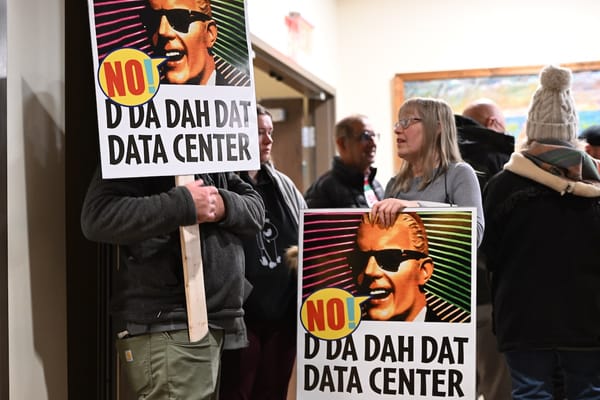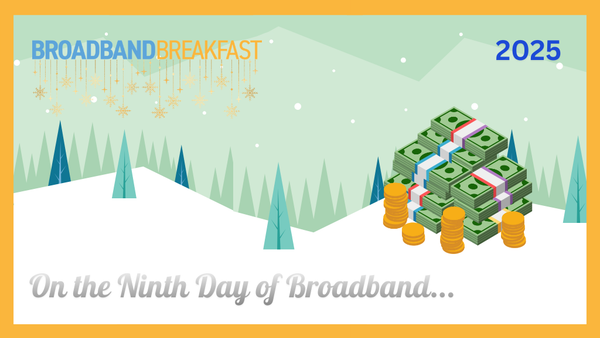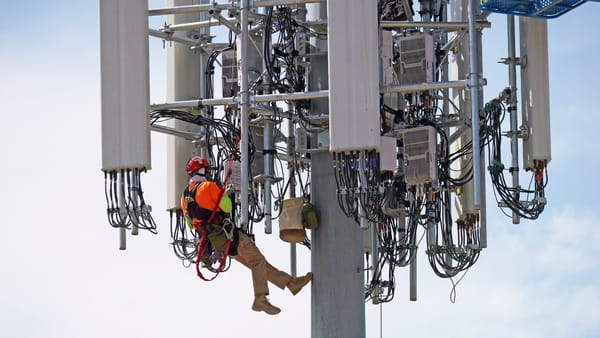FCC Broadband Data Task Force Emphasizes Need for Precision in Mapping Challenges
Officials on the panel said there was significant confusion among challengers regarding categories of challenges.
David B. McGarry

WASHINGTON, September 28, 2022 – Challenges that do not strictly adhere to the Federal Communications Commission’s fabric-challenge guidelines will be thrown out, FCC broadband mapping officials warned in a webinar Wednesday.
The FCC’s fabric, a dataset of buildings that are or could be reached by fixed broadband service, will be the basis for the agency’s new national broadband map and the National Telecommunications and Information Administration’s division among the states of $42.45 billion from the Broadband Equity, Access, and Deployment program.
Although the fabric’s data is not publicly available due to licensing agreements with contractor CostQuest, the FCC released a preliminary version to state governments, service providers, and other stakeholders. Those individuals may challenge the data contained in the fabric. The FCC and other experts have said the challenge process is indispensable to the accuracy of the agency’s forthcoming broadband map.
The panel of individuals on the webinar from the FCC’s Broadband Data Task Force identified seven challenge categories. The panel included Senior Counsel Sean Spivey, Senior Implementation Officer Chelsea Fallon, and officials John Emmett and Steven Rosenberg.
Each of the seven challenge pertains to a specific type of data correction. These include adding a serviceable location to the fabric, correcting an incorrect or missing address, or moving the marked serviceable location to another structure on the same parcel of land.
Officials on the panel said there is significant confusion among challengers regarding these categories. The panel highlighted a case in which the challenger mistakenly tried to add a new serviceable location instead of altering a listed address.
The panel also discouraged challengers from adding multiple serviceable locations to a single building. An apartment complex, for instance, is a single location, but can be marked as containing several sub-units. Even a building with multiple owners or addresses – like some duplexes – is considered a single serviceable location. Challenges to change the number of units or addresses associated with a location should not be confused with a challenge to add a location, the panel said.
To successfully add a serviceable location, a challenger must accurately mark the appropriate building to which it corresponds. Many challengers, however, marked proposed locations far from any building, often in the middle of a street.
The panel recommended the use of third-party software by challengers to ensure that their challenges are completed properly.










Member discussion